3. Ödül, Beylikdüzü Belediyesi Yaşam Vadisi Uluslararası Fikir Yarışması
Project Title: The Living Mosaic – A Resilient ValleyValley of Life: Stitched Successions
Project Statement
The Yaşam Vadisi project focuses on the idea of creating a living mosaic or a continuous network of patchwork landscapes designed to stitch together the diverse habitats and communities contained in the damaged Kavakli Valley. Decades of mismanagement and neglect of the valley at the center of Istanbul's Beylikduzu district has left it as a scar upon the regional landscape. This one beautiful valley now exists as a barren landfill for construction debris, and now holds back the development of the rapidly growing residential neighborhoods surrounding it. At the same time the surrounding communities suffer from increasingly poor access to civic space, instead being forced to either remain in their gated communities or travel by automobile great distances for recreation.
This form of placelessness is not sustainable for Beylikduzu's future. What must be done instead is to revive the valley, turning it into a resilient park that not only restores the natural environment of the valley, but also the older ways of life of the local residents. The way to accomplish this is to look back at the wisdom of farmers and utilize their tools and techniques to create a Valley of Life, consisting of self-sustaining productive landscape, capable of supporting the current residents as well as future generations to come.
This Resilient Valley can be in essence ecological infrastructure capable of providing protection from flooding and draughts through harvesting stormwater to restore the natural ecology of the valley, creating shelter and recreation for residents through using natural and agricultural systems, and finally reconnecting Beiylikduzu neighborhoods to one another through the valley. Overall, the Yaşam Vadisi project offers Istanbul a chance to slow down and build the infrastructure needed to face the growing environmental and social issues associated with rampant unplanned urban development that faces globalizing cities today.
Project Narrative
Project Background
Istanbul, the capital of Turkey, has always been the gateway between east and west in Europe. This role has always resulted in the city existing in constant flux between different identities, let it be when the city was once Constantinople during the Roman period or Istanbul during the later Ottoman period. In the 20th century, Istanbul has undergone another form of rapid change which is transforming the historic city into a global city. Beginning in the post-war era of the 1950s, Istanbul has been undergoing industrialization which has catalyzed dramatic urban growth, causing the city to rapidly expand into the surrounding countryside.
Rapid surges of migrants into Istanbul's traditional downtown placed so much pressure on the existing city's infrastructure that it caused the government to expand infrastructure outwards to the suburban regions of the city, incorporating vast amounts of former agrarian townships. The current Beylikdüzü district, is one of these areas that have been incorporated into the City of Istanbul and has transformed in three decades from a once agrarian community into an urbanized residential district. Transforming a region once known as "Istanbul's Garden" into an urban city. At the center of this change is the Kavakli Valley running through the center of Beylikdüzü.
At the center of this problem is the Kavakli Central Valley which cuts through the center of the district, connecting the north to the south. The valley once bustled with life with its northern section teemed with poplar forests, southern section transitioned into rolling meadows and streams spilling out into the Marmara Sea. This scenic landscape has been all but destroyed by urbanization, in essence killing the valley. The dead valley now scars the district, dividing the district in half as well as isolating the various adjacent communities.
Project Objective
The Yaşam Vadisi restores the Kavakli Valley through utilizing a strategy based on natural succession to allow the valley to naturally recover itself, creating ecological infrastructure consisting of productive natural landscapes which provide both ecological and recreational services to the district and city. Restoration of the valley begins with constructing a blue-green network focused on capturing and harvesting every drop of water and releasing it into the valley in order to restore the valley's natural systems. Istanbul city itself has also suffered from the loss of cultural due to rapid urbanization, especially its national identity of self-reliant farmers. The Valley of Life will be a place that restores agrarian tradition through utilizing the wisdom of Turkish Farmers to create a living system of bostans and open areas to provide both nourishing food for life as well as a recreational system for the enjoyment of life.
Challenges
Destruction of Natural Environment
The ecological environment of the valley has been heavily disturbed due to decades of rapid urbanization. Both industrial and residential development has scarred the inner valley as both construction and industrial waste was disposed of in the valley. As a result, the lush forest and meadows of the valley have largely been destroyed, leaving very little of its natural vegetation left over. In effect, this has cause the valley to become a danger to man as the bare slopes and channelized bottom erodes the valley while preventing it from collecting vital water needed for nourishing life. While the valley doesn't face any flooding risks, the lack of vegetation along its slopes creates risks of landslides.
Severed Valley
The valley's topography of steep slopes and rolling hills creates a natural barrier for many to cross, thereby tears Beyliduzu's many neighborhoods apart. Lack of pathing and bridges makes it difficult to traverse the valley, causing communities of the valley to be isolated from ones that are west of the valley. This has resulted in a fragmented pattern of isolated neighborhoods that must rely on vehicles to travel outside of their area. In addition, the valley itself is cut apart by several roads, disrupting the natural flow of the valley from north to south. Together, these problems creates a valley that needs to be stitched back together in order to reconnect Beylikdüzü.
Destruction of Cultural Identity
Istanbul as a whole has seen its cultural traditions and landscapes erode in the name of urban development. Traditionally an agrarian society which prides itself for being self sustaining, Turkey has seen its identity slowly become increasingly muddled as its rural pastures are transformed into urban cities. In Istanbul, the greatest attack on Turkish tradition comes from the systematic destruction of traditional Turkish Urban Farms, known as bostans. Traditional bostans are being rapidly replaced by ornamental parks as the city government tries to modernize its downtown. The loss of these cultural relics, and the rise of more placeless global urbanism raises a question of who will the Turkish People be in the future? And is there any way to honor this long time tradition?
Planning Strategies
The solution to bringing life back to the Yaşam Vadisi is clear: harness the wisdom of Turkish Farming traditions while combining it with modern planning and landscape architecture techniques to bring life back into the Valley. This can be done following three steps:
Retain and Release Water
Water is the essence of life, without it the Valley can never support life. The valley has a challenge though due to its water holding ecological systems being thoroughly destroyed by a decade of careless land use. Transformation of topography, lack of vegetation, and channelization of the Valley's natural stream has destroyed the ability to retain and use stormwater. The climate of Istanbul also is one of wet winters and dry summers, making evaporation a major concern for water supplies. Because of these factors it is important for the Valley to act as a sponge, where it slows, retains, and gradually releases water to irrigate the new environmental systems of the valley. To do this we propose using a combination of scientific ecological infrastructure combined with traditional Turkish farming tools to create a self-sustaining valley capable of absorbing stormwater and greywater from surrounding urban areas. Ecological infrastructure provides us the ability to design with nature and avoid making design interventions which are costly and unproductive. Techniques from a farmer's toolbox involves utilizing cisterns, smart irrigation, low-maintenance plant species, strategic shade placements, minimalistic pathways and decking, and productive landscape.
Let the Valley become the Garden
The Kavakli valley was once a beautiful diverse oasis of poplar forests, grass and wildflower meadows, stretching down to the rustic coastline. It is our goal to revive these ecosystems through using techniques which accelerate natural succession, restoring the valley to its original state within a few decades. Strategic use of terraced embankments, recreational meadows, natural groves, and productive gardens allows us to repair the damage that has been done to the valley over the past decades, restore its historic habitats, and then create the ecological systems needed to sustain life in and outside of the valley for future generations.
Surrounding urban development should also be guided so that they integrate into the valley. A series of green fingers can extend outward from the valley into communities, so that communities can harvest and contribute stormwater to the valley while the valley nurtures it with community gardens and bostans. As this program is shown to be successful, the fingers can continue to expand outward, forming new ecological corridors for new communities.
The Valley Reconnects Beylikduzu
Reconnecting the Yaşam Vadisi to people means making the valley an easily accessible and comfortable experience. First installing a circulation system which concentrates slower flow speeds like pedestrians and cyclists in the valley while pushing faster vehicular transportation outside of the valley. This will result in the garden being a safe and peaceful experience. Like traditional Islamic Gardening, cooling the valley to make it hospitable for people is another priority. Utilizing a combination of artificial and natural shade and strategically placed pools provides cool comfort while also creating an esthetically pleasing environment.
The valley's transportation networks are designed to be flexible and capable of organically growing outward. When combined with a system of green fingers expanding outward, the valley can become a center of a healthy ecological circulation system stitching together Beylikdüzü.
Future Projection
The Yaşam Vadisi has promise to become a green corridor that can remediate Beylikduzu's damaged environment, nurture its residents, reconnect its neighborhoods, and restore the district's cultural identity. It is an idea that in essence looks at how landscape ecology can remediate the damage caused by unchecked urban development while setting the foundations for guiding future planned development. The Valley of Life is also a project that follows a design strategy to make it low cost and flexible enough that design and construction could begin in only a few months.
Through adopting the vision for the Kavakli Valley, Beylikduzu has the chance to once again regain its title as Istanbul's Garden and as a place that carries on the proud Turkish traditions of self-sufficiency that runs in the agrarian heritage of the land.



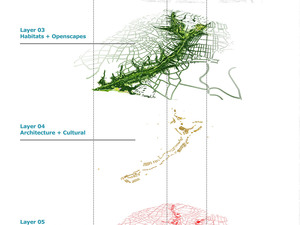


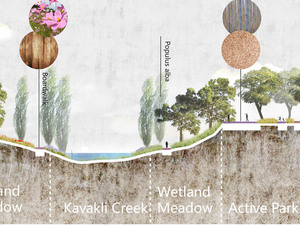
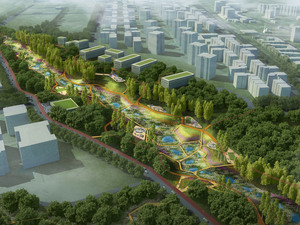

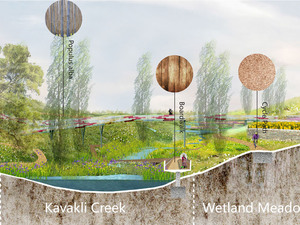

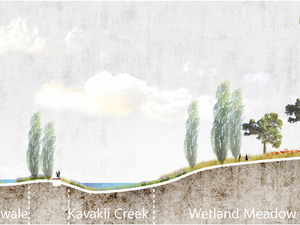
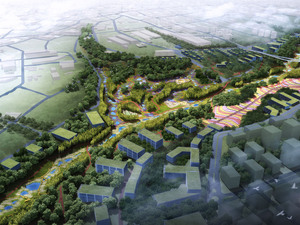
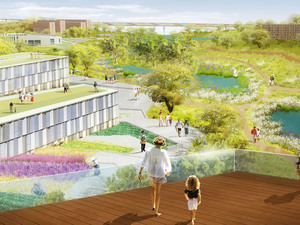
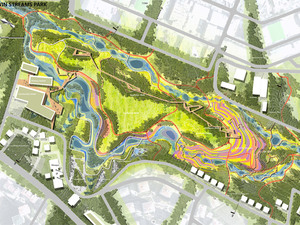
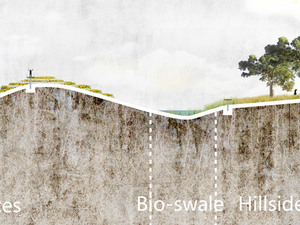



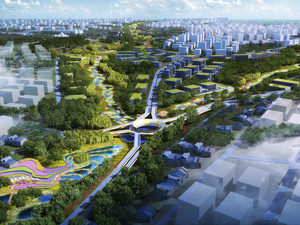

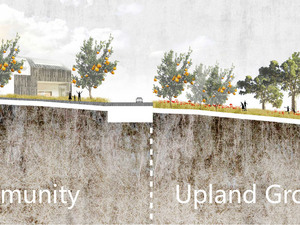
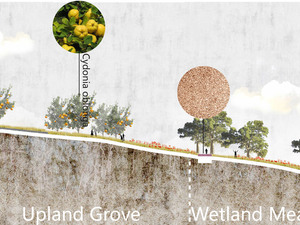
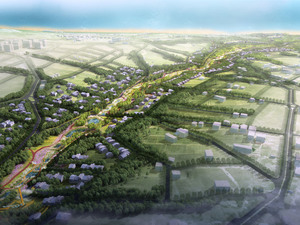
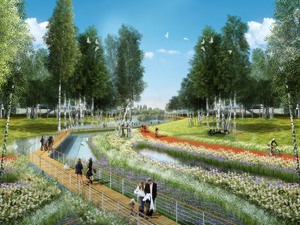
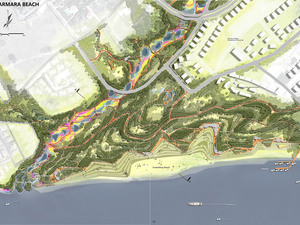
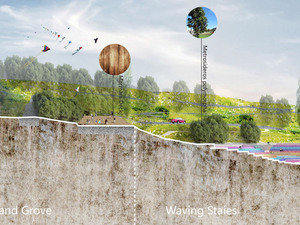

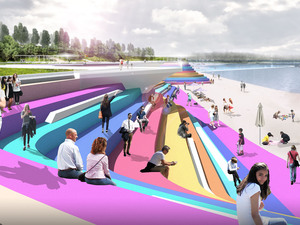


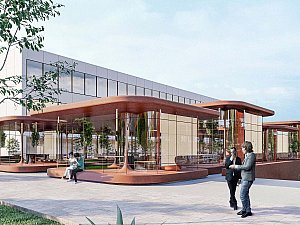



.jpg.jpeg)
.jpg.jpeg)
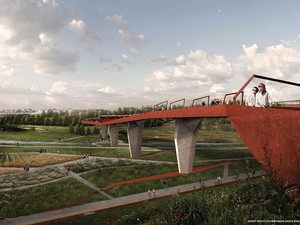


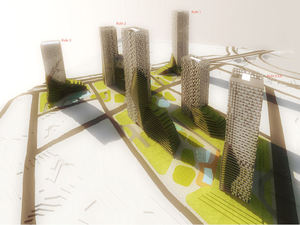
.jpg)
.jpg)

.jpg)
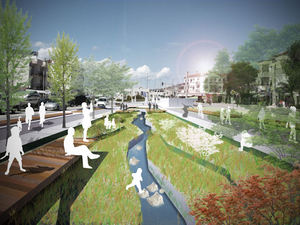
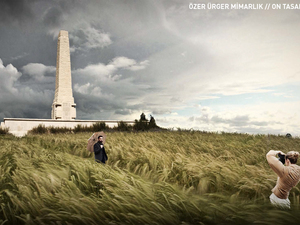
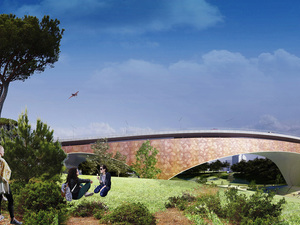
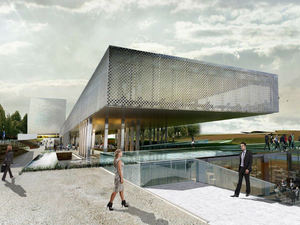

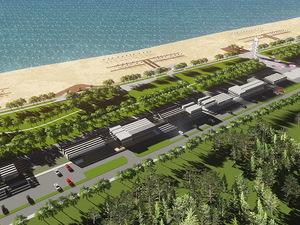
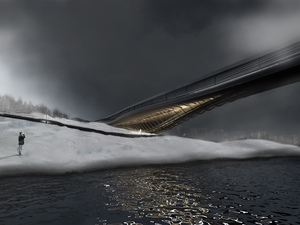

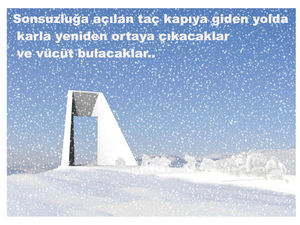
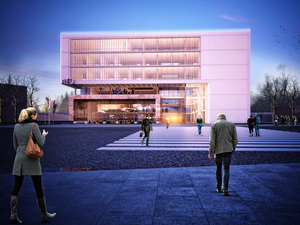
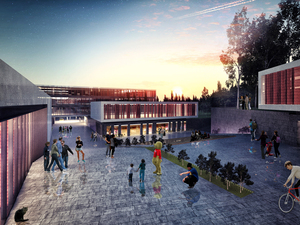
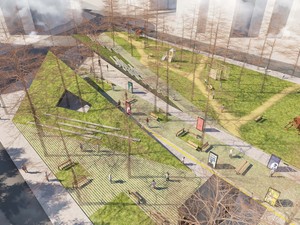
.jpg)
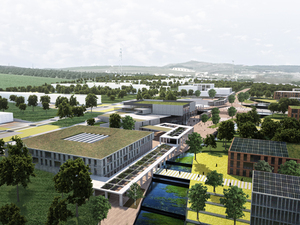



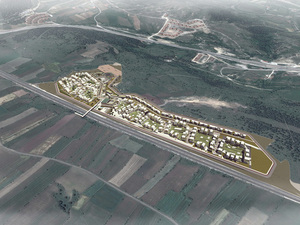

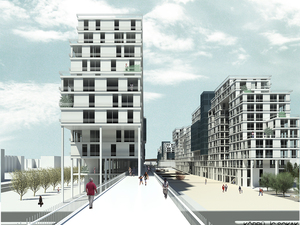



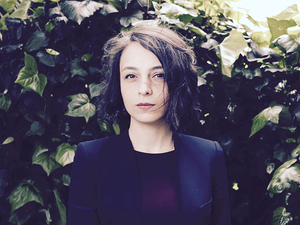

Tweet